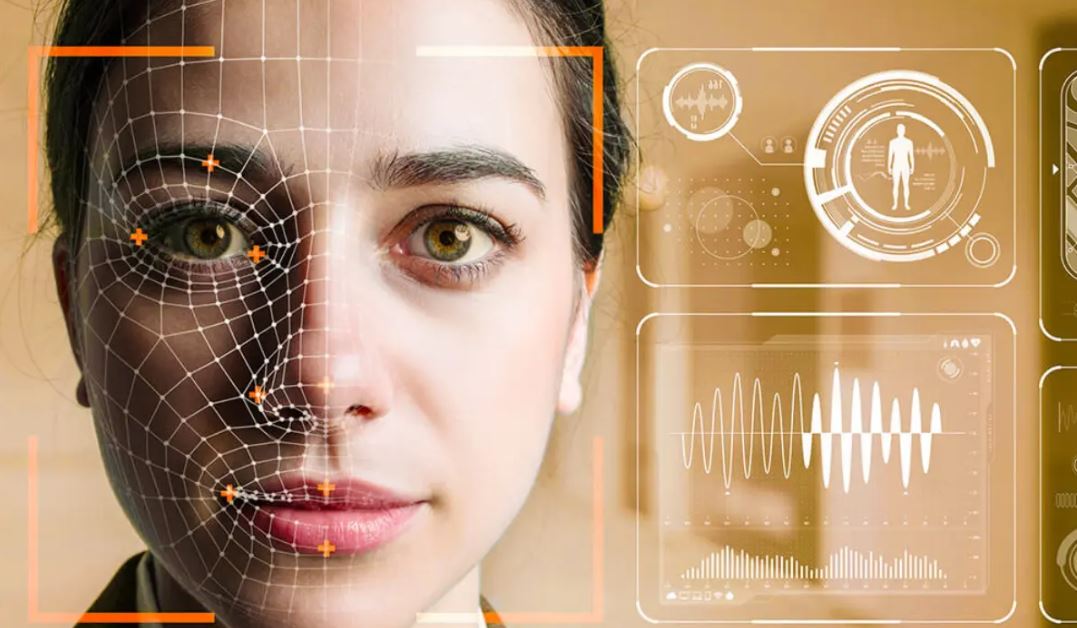Key Highlights:
- The Emotion AI Market is rapidly scaling into a multi-billion-dollar ecosystem, transforming how machines understand and respond to human emotions.
- Ethical and privacy-conscious Emotion AI adoption is becoming a core driver for enterprise trust and consumer engagement.
- According to Grand View Research, the global emotion AI market is projected to surpass USD 13,397.1 million by 2033, with North America leading adoption.
- Key sectors driving growth include healthcare, automotive, retail, and HR tech, where Emotion AI enhances customer experience and operational efficiency.
The Emotion AI Market is reshaping the digital world, and not in the chaotic, meme-fueled way we are used to. A quiet revolution is unfolding at the intersection of artificial intelligence and human psychology: the rise of Emotion AI. Once confined to sci-fi storylines and academic labs, Emotion AI is now stepping into boardrooms, call centers, classrooms, and even our living rooms.
Today, the emotion AI industry is no longer a speculative niche; it has become a rapidly scaling, multi-billion-dollar ecosystem redefining how machines understand, respond to, and even anticipate human feelings.
This is not about robots shedding tears. It is about building technology that listens, not just to your words, but to your tone, your micro-expressions, your physiological signals, and your behavioral patterns. In a world increasingly hungry for authentic connection, Emotion AI offers something radical: machines that don’t just compute, but comprehend.
According to Grand View Research, the global emotion AI market is projected to reach USD 13,397.1 million by 2033, with North America leading adoption across sectors like healthcare, automotive, retail, and HR tech. Companies like Affectiva (now part of Smart Eye), Cognite, and Hume AI are pioneering platforms that don’t just track emotions but contextualize them, learn from them, and adapt accordingly.
The Emotion AI Market: Where Empathy Meets Enterprise ROI
Far from being a “soft” tech trend, the emotion AI industry is delivering hard business value. In customer service, companies using emotion-aware voice analytics report up to 30% faster resolution times, as agents receive real-time emotional cues to adjust their tone or escalate appropriately.
HR platforms now use emotion AI during video interviews to gauge candidate engagement, confidence, and authenticity, helping reduce unconscious bias and enhance cultural fit predictions. Retailers are also adopting this technology through smart mirrors and in-store cameras that analyze shopper reactions, enabling dynamic pricing and personalized recommendations driven by real-time emotional feedback.
Even in mental health apps, Emotion AI helps users track mood patterns over time, offering timely interventions or mindfulness prompts when signs of anxiety or low mood are detected. This fusion of empathy and efficiency is why investors are pouring capital into the space, and why enterprise adoption is accelerating.
How Emotion AI Is Redefining Customer Understanding and Engagement
For decades, businesses measured engagement through clicks, conversions, and cart abandonment rates. But these metrics reveal only surface-level behavior. What if a user hovered over a “Buy Now” button not out of interest, but out of frustration with hidden fees? What if a customer service call ended politely, yet the caller felt unheard or dissatisfied?
Traditional analytics miss this emotional layer, the invisible driver behind every customer decision. That’s where the emotion AI market is making its mark. By combining computer vision, voice analytics, natural language processing, and biometric sensors, this technology decodes real-time emotional responses to provide a deeper understanding of customer intent and experience.
The emotion AI industry enables organizations to detect stress in a customer’s voice, recognize confusion on a user’s face, or gauge enthusiasm during virtual interactions. By translating these insights into data-driven actions, businesses can personalize engagement, enhance satisfaction, and build long-term loyalty.
As adoption grows across industries such as retail, healthcare, automotive, and customer service, the market is not just redefining analytics, it is reshaping how companies connect with human emotion at scale.

Beyond Detection: How the Emotion AI Market Is Redefining Human-Machine Trust
Emotion AI is not just about reading emotions; it is about building trust through responsiveness. When a machine acknowledges your frustration with a calmer interface, or a car senses your fatigue and gently suggests a break, it ceases to feel like a tool.
The next evolution of this technology moves beyond passive observation to adaptive interaction. Imagine a virtual coach that shifts from motivational to supportive based on your stress levels, or a learning platform that detects confusion and re-explains a concept using a different metaphor. These are not sci-fi scenarios; they are active R&D projects in leading AI labs.
Critically, this requires more than algorithms; it demands ethical design. Leading players are adopting “emotion data” governance frameworks that prioritize user consent, anonymization, and on-device processing. The goal is not manipulation, it is mutual understanding.
The Empathy Gap: Navigating Bias, Privacy, and Cultural Nuance
The emotion AI market is not without its challenges. Can an algorithm trained primarily on Western facial expressions truly understand emotions across diverse global cultures? What happens when emotional data is collected without explicit consent, or worse, used to influence rather than assist? These ethical and technical questions highlight the growing need for responsible innovation within this fast-evolving field.
These are not obstacles but design imperatives. Leading companies in this market are tackling these challenges with inclusive datasets, cross-cultural validation, and transparent consent systems. Many now require explicit opt-in for emotional analysis and let users review or delete their emotion logs, keeping privacy at the core of innovation.
Regulatory frameworks are also stepping in to ensure accountability. The EU AI Act classifies certain emotional recognition applications as “high-risk,” pushing the industry toward stricter standards for fairness, transparency, and safety. Rather than limiting growth, this regulation is strengthening the emotion AI market by building the trust needed for broader adoption.
The Bottom Line: Emotion AI is the New Data Layer
In the attention economy, the Emotion AI Market is redefining how businesses connect with people. Emotion drives loyalty, influences choices, and fuels authentic engagement. For leaders, the question isn’t if but how to use this technology, whether in customer service, employee wellness, or product design. With ethics at the core, the future will belong not to the smartest systems, but to the most empathetic ones.
















